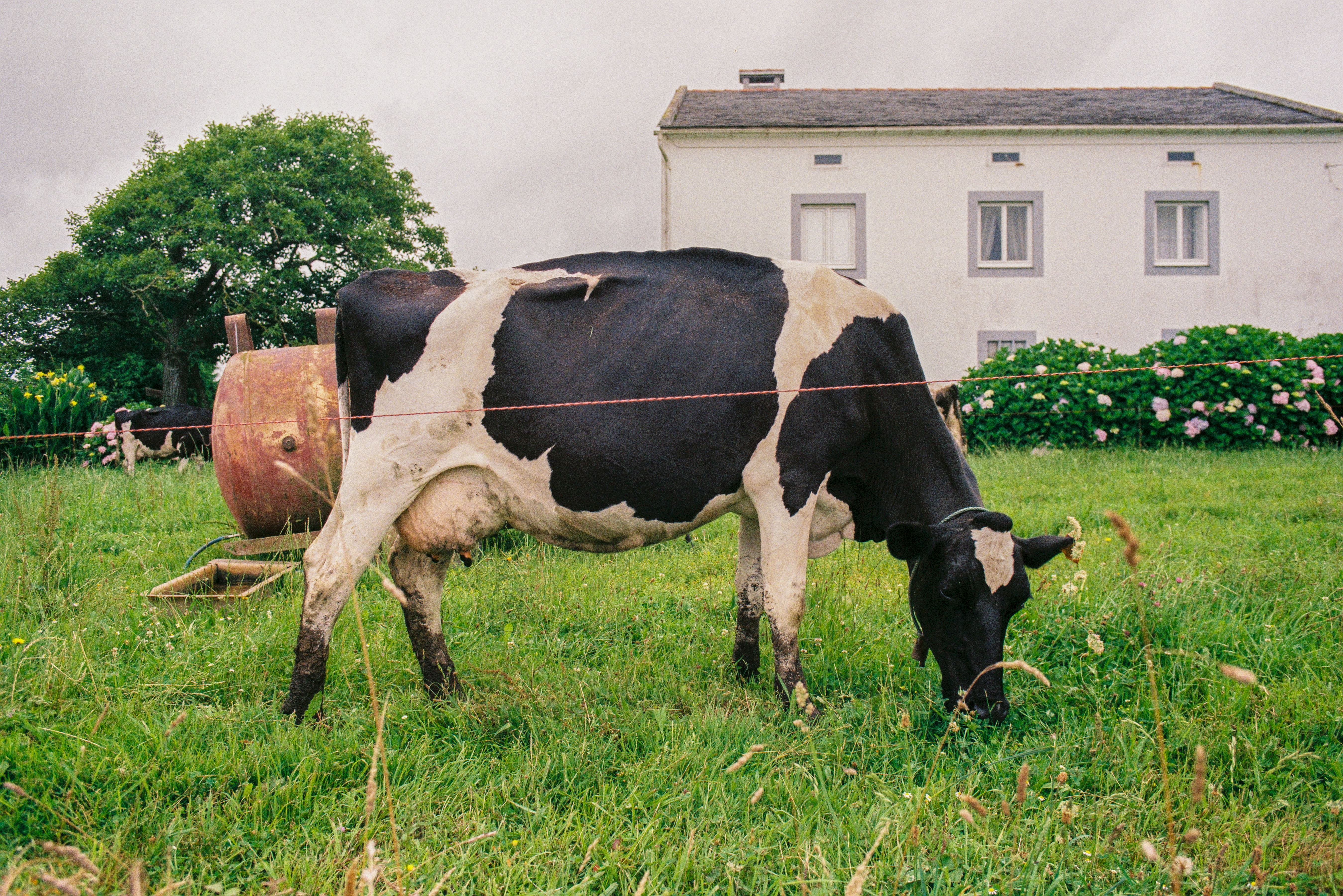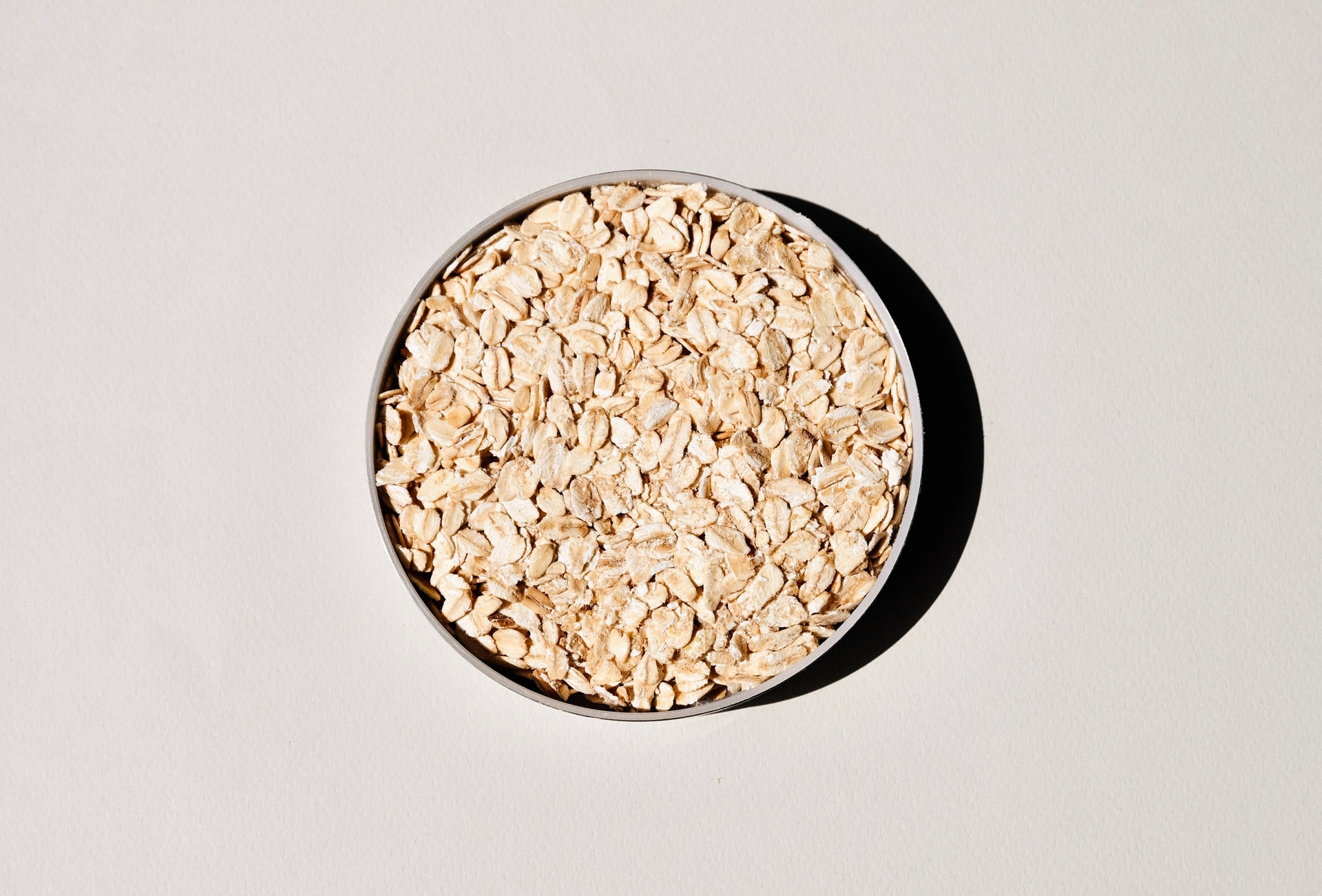When you go to the grocery store in search of milk, you have plenty of options to choose from. There’s dairy milk and plant-based milk, leaving you to wonder, “do I have to choose all but one?” This rise in milk substitutes is one of the many solutions to helping address the climate crisis.
The shift in consumer demands for sustainable products is helping the milk industry make drinks we can feel good about. Whether you’re lactose intolerant or a proud dairy supporter, knowing the milk that is available to you and how it’s made can make all the difference in our planet's overall health just as well as our own.
We want to arm you with the facts about what milks and milk alternatives are available to you, how the production process impacts the environment, and what they taste like so you can shop happily and eat healthily.
Dairy Milk
An environmental viewpoint on milk doesn’t start without examining the dairy industry first. Dairy is one of the most wholesome parts of the food system when done right — you’re protecting and nurturing the land and wildlife that feeds you.
To truly nurture the land and wildlife, the dairy industry is at a pivoting point in terms of their farming and distribution strategies. Farmers are facing economic turmoil, needing to pivot and re-market themselves to compete in sales. This year, the Economic Research Service reports 40 percent of greenhouse gas emissions in food production were from farms and ranches. Emissions are released from poor handling of cow manure, which can ultimately lead to a loss of ecologically important areas, such as prairies, wetlands, and forests. Thus, you’re seeing an influx in milk substitutes marketed as an environmentally friendlier option to dairy.
A Shift in Dairy Farming
The dairy industry can be part of the solution for a sustainable future by switching to plant agriculture. For example, farmers can rotate their grass-fed cows to graze in different areas of the land. This is one of many parts of regenerative farming practices that help restore the overall health of the soil. Another example of regenerative farming is adding compost to manure to help it break down more easily. Soil is a natural carbon sink, with plants sucking in the CO2 as they grow and push extra carbon back into the earth through their roots. This process reduces the carbon footprint and water usage by helping crops grow faster.

Another way dairy farmers can become more sustainable long term is through local distribution channels. While some dairy producers may still be selling through traditional channels, many are seeing a positive response from their communities on a direct-to-consumer level. That could be through small-batch ice creams, dairy home deliveries, farmers’ markets or partnering with local restaurants and cafes. Some dairy farmers and companies are even partnering with companies that make plant milk to learn how to add milk substitutes to their portfolio. Minnesota-based producer Live Real Farms is one such farm, having launched a creamy, lactose-free blend with 50% dairy and 50% almond or oat milk — just another way to bring farm fresh home that you can feel good about.
Plant-Based Milks
The crops farmers use to make milk substitutes come from three types of plants: nuts, legumes and grains. The plant then turns into a “milk” by either soaking and blending it, or drying and milling it into flour. In both methods, vitamins and minerals are added along with flavors (like vanilla or natural sweeteners) and diluted with water.
We selected a handful of the most popular milk substitutes you can find in the market today to compare to dairy milk. Be sure to check the labels as added sugars tend to sneak their way into milk substitutes.
Coconut Milk
This thick and creamy sweet milk is packed with vitamin D and B-12, leaving you energized and fueled. The coconut fruit grows on tall trees in wet tropical regions like Indonesia, the Philippines and India. It is made by mixing the white flesh of a brown plant with water. It has a tropical, nutty, and sweet flavor. It is best used to thicken soups and smoothies or cool down the spiciness in Indian dishes. This may not be the healthiest substitute if you’re looking to reduce your saturated fat intake, as coconut milk contains as much saturated fat as cow’s milk.
Almond Milk
This light and nutty sweet milk is rich in good fats and vitamin E, helping to protect your immune system and strengthen blood cells from damage. Almonds grow on trees and thrive in hot, dry, sunny weather. As with most nuts, almonds need an extreme amount of water to grow. It takes approximately 14.5 liters of water to produce one almond, which means over six thousand liters are needed to make just 1 liter of almond milk. With California growing 80% of the world’s almonds, it causes concern to produce almond milk in a state that has been dealing with draughts for at least a decade.
Another concern is how almond production can affect the bee population by cross-pollinating the trees and exposing the bees to pesticides. Although in comparison to cow’s milk, unsweetened almond milk offers fewer calories, carbohydrates, and sugars. It’s nutty, smooth, sweet flavor pairs well in coffee, cereal and homemade desserts.
Soy Milk
This vegetable protein milk is a good source of potassium and protein, making it a good nutrient-substitute from dairy milk. The biggest producers of soy milk are the United States and Brazil. Soybeans need lots of sun and can grow in as cold as 60-70 degrees Fahrenheit weather. The beans don’t need that much room to grow, so you can produce larger quantities over a smaller area of land. Soybeans are also an affordable way to feed livestock or turned into oil as a substitute for diesel.
Unfortunately, as the demand for soy increases, soybean farms are becoming a major driver of deforestation by plowing natural land to make room for more production. As a substitute for dairy milk, soy milk is a great source of protein, with 7 grams per cup compared to 8 grams in a cup of dairy milk. It’s beany taste is often sweetened with either vanilla or chocolate, and, similar to almond milk, pairs well in coffee, oatmeal, or baked goods.
Oat Milk
These days, you’re seeing a rise in oat milk with brands like Chobani, Starbucks, Dunkin Donuts and Trader Joe’s offering it up. Oat milk sales have increased significantly since the onset of the pandemic. Out of all of the alternatives, oat milk seems to be the reigning champion for the least environmental impact in comparison to dairy milk. This grain is a good natural source for vitamin B, providing you with nutrients that support good bone health.
Similar to soybeans, oats love to grow in cooler summer temperatures and are typically grown in the United States and Canada to produce oat milk and animal feed. It’s made with less water than soy milk (about an eighth of the amount of water). From its long shelf life to the creaminess it adds to coffee, oat milk may be your best option for a milk substitute—and one you can easily make at home.

Spread the Love
From dairy milk to plant-based milk, this shift in consumer demand to local and organic production helps our food ecosystem in the long run by moving away from large monolithic producers. Decentralization helps the overall ecosystem by supporting a number of small and medium farms, giving more control and care to the making process.
The more options we have in purchasing dairy milk and its alternatives means a greater need for education on what’s good for our bodies and the environment, and what is not. Read labels and diversify your diet with options.
